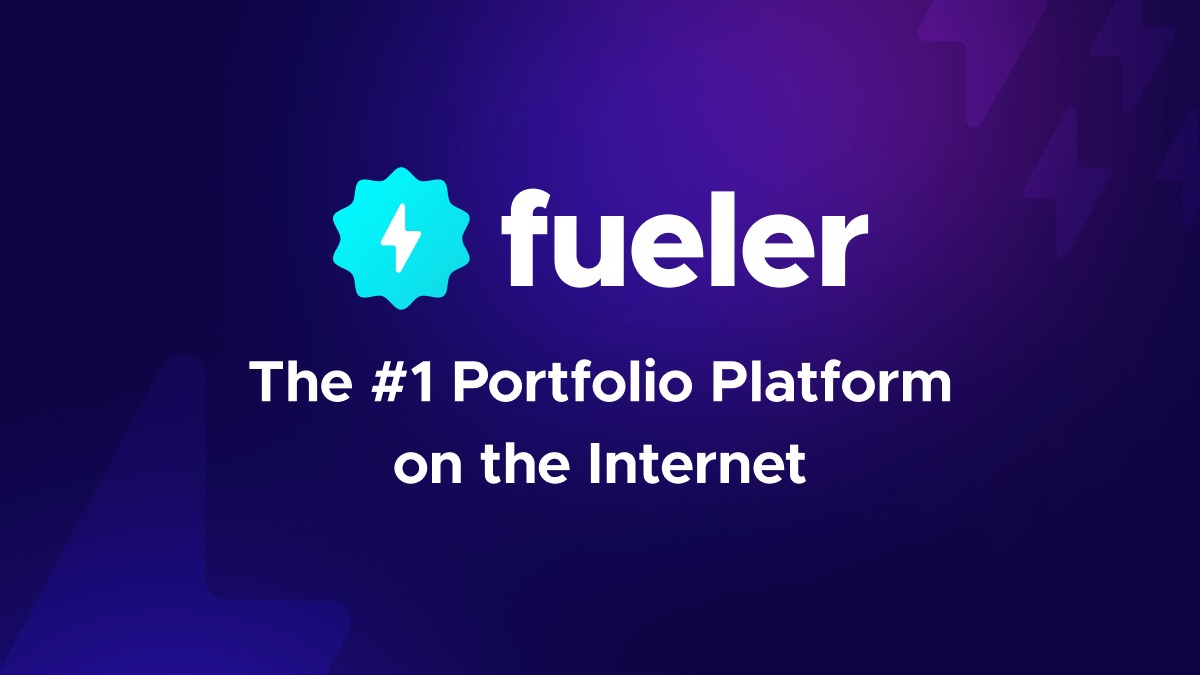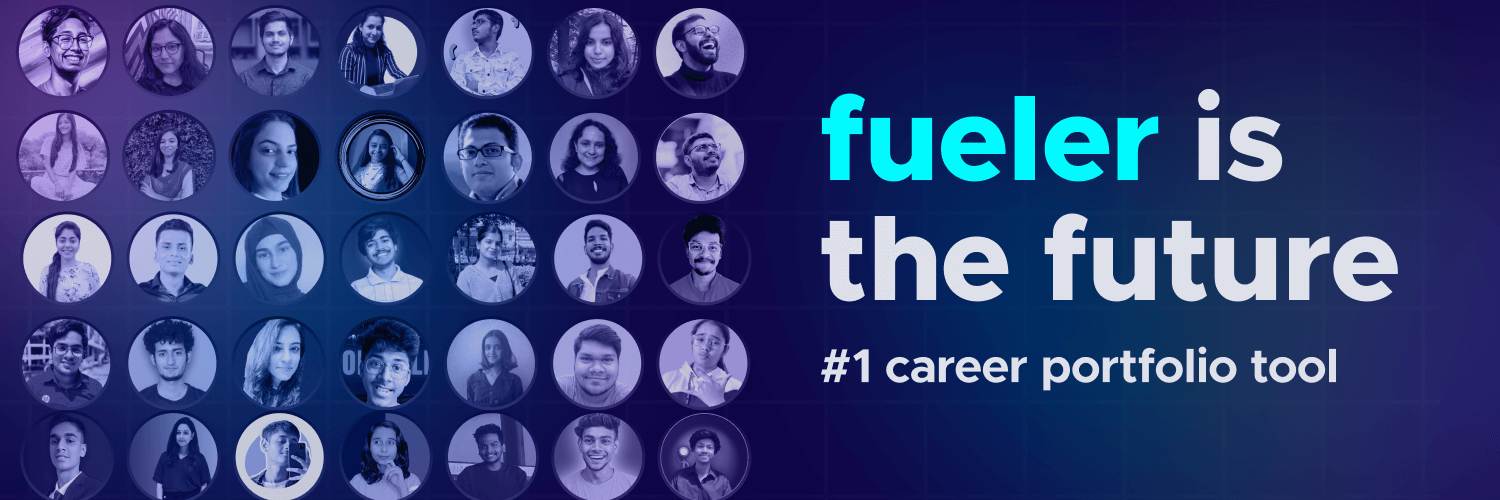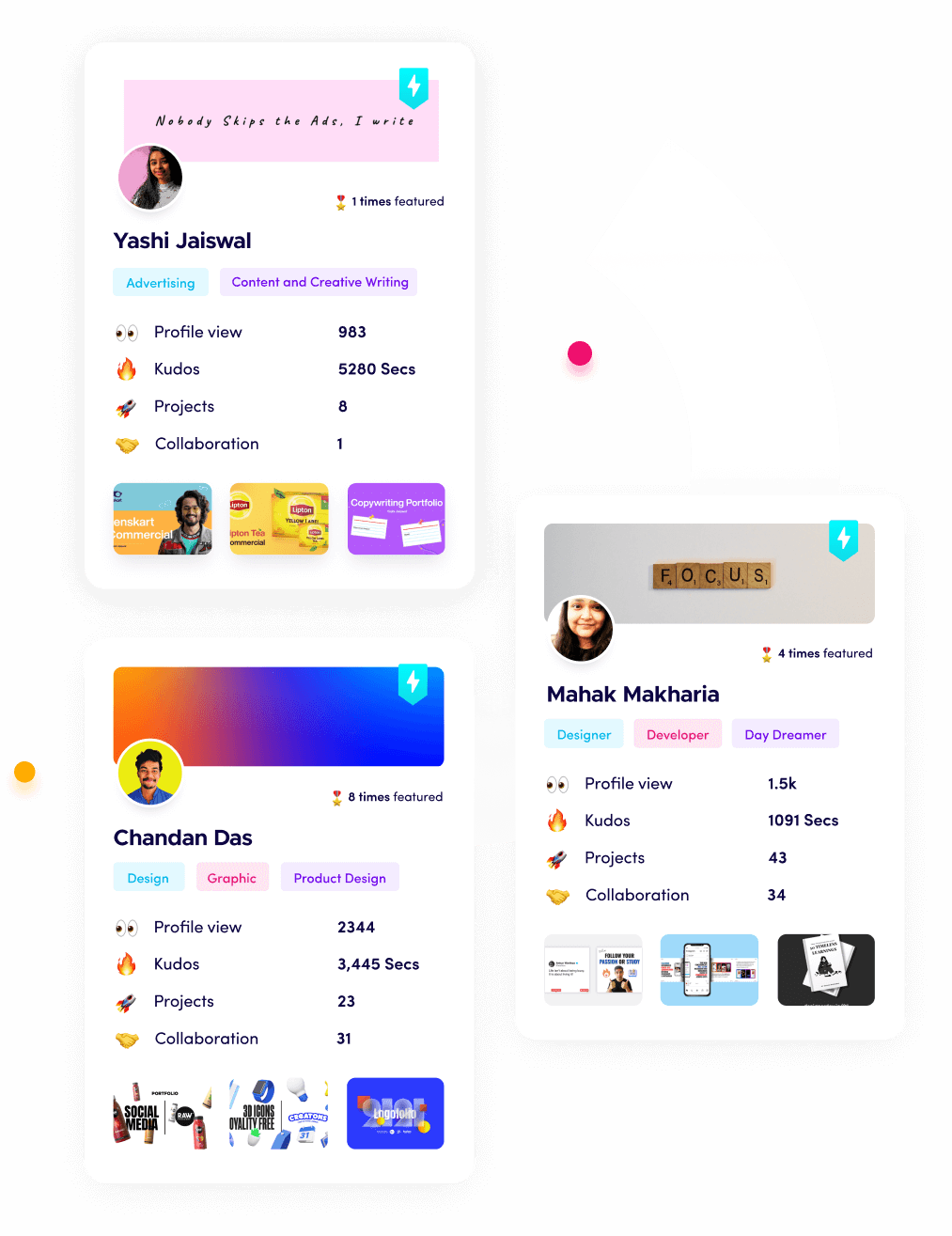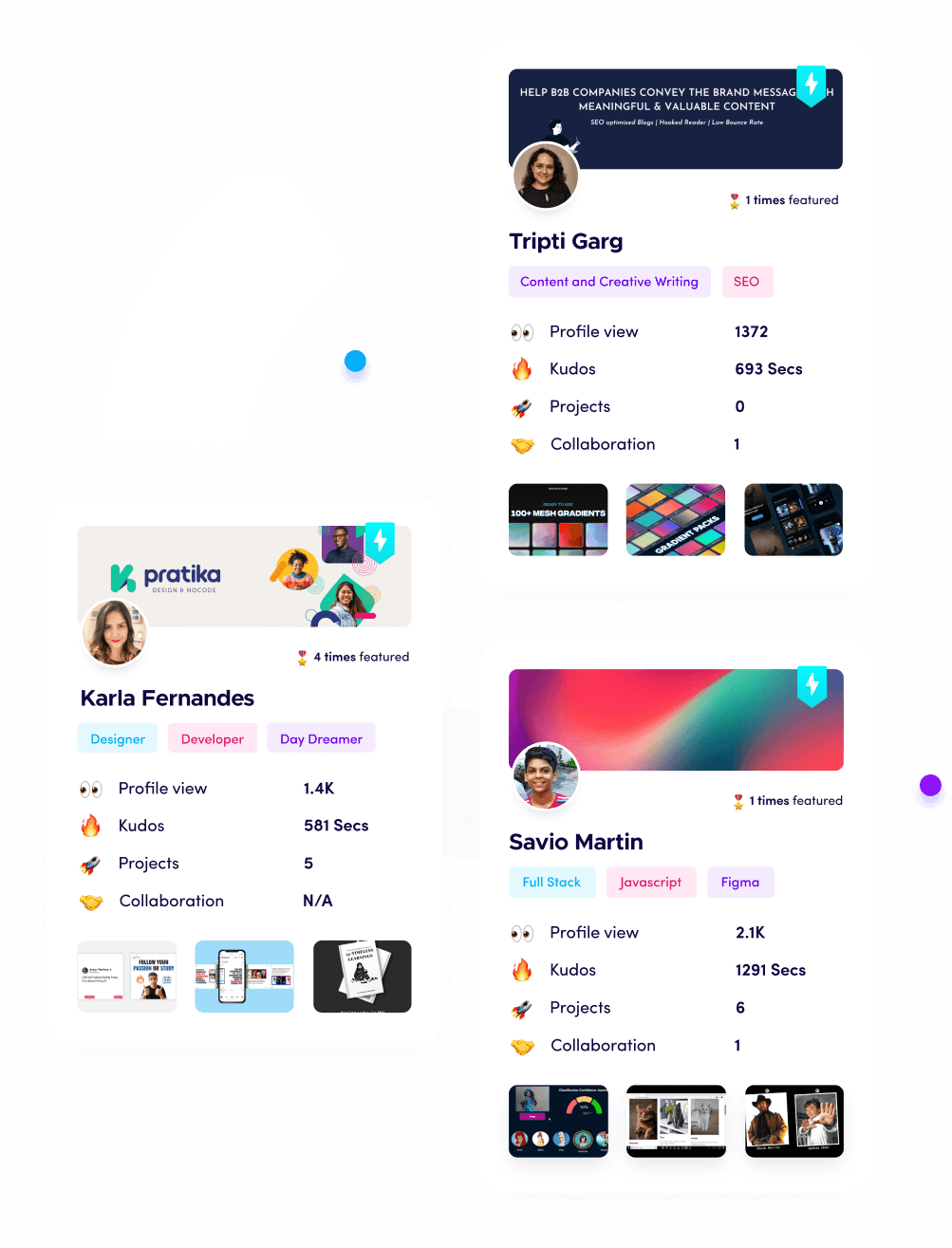Why Proof of Work Beats Traditional Resumes in 2025

Riten Debnath
22 Jun, 2025

Still sending out traditional resumes and wondering why you’re not getting replies? In 2025, the job market has changed forever. Employers, startups, and global clients don’t want to read a list of claims—they want to see what you’ve built, solved, and shipped. Proof of work isn’t just a buzzword; it’s your ticket to better jobs, higher pay, and real credibility.
I’m Riten, founder of Fueler—a platform that helps freelancers and professionals get hired through their work samples. In this article, I’ll show you why proof of work is the new gold standard for hiring, how it outshines resumes in every way, and how you can build a portfolio that opens doors worldwide. Your portfolio isn’t just a collection of projects—it’s your proof of skill, your credibility, and your shortcut to trust. If you want to win in 2025, you need to show, not just tell.
Why Resumes Are Failing in 2025
Resumes are static, outdated, and easy to fake. Anyone can claim to be a “team player” or an “AI expert.” But in a world where skills evolve fast and remote work is the norm, employers need proof. They want to see real-world projects, not just job titles. A resume can’t show how you think, solve problems, or create value—it just lists your past.
Features:
- Lists jobs and education
- Filled with generic buzzwords
- No proof of actual skills
- Easy to exaggerate or fake
Why it matters:
- In 2025, hiring managers skip over empty claims and look for candidates who can prove their value with real work.
What Is Proof of Work?
Proof of work is your collection of real, visible projects—case studies, code, designs, campaigns, or anything else you’ve actually done. It’s living evidence of your skills in action. Unlike a resume, proof of work is interactive, visual, and impossible to fake. It shows how you solve problems, what you actually deliver, and how you make an impact.
Features:
- Real projects and deliverables
- Interactive and visual content
- Links, screenshots, and demos
- Updated as you grow
Why it matters:
- Proof of work builds instant trust. It’s the fastest way to show employers and clients you can do the job—no guesswork, no fluff.
How Proof of Work Builds Instant Trust
When you show your projects, you’re giving employers a window into your process, creativity, and results. They see how you approach challenges, the tools you use, and the outcomes you achieve. This transparency builds trust faster than any resume ever could.
Features:
- Transparent workflow and results
- Demonstrates real expertise
- Shows adaptability and growth
- Makes you memorable
Why it matters:
- Trust is the #1 factor in hiring. Proof of work removes doubt and puts you ahead of candidates with just words on paper.
Proof of Work Shows Results, Not Just Roles
Resumes focus on where you worked. Proof of work focuses on what you achieved. Employers want to know: Did you grow sales? Did you launch a product? Did you solve a big problem? Your portfolio should answer these questions with data, visuals, and client feedback.
Features:
- Before-and-after comparisons
- Measurable outcomes
- Client testimonials
- Visual evidence (charts, screenshots)
Why it matters:
- Results are what matter in business. Proof of work shows you’re a doer, not just a talker.
Proof of Work Is Always Fresh and Relevant
A resume gets outdated the moment you finish a new project. Proof of work is dynamic—you can update it every time you learn a new skill, finish a project, or get results. This keeps you relevant and competitive in fast-changing industries.
Features:
- Easy to update with new work
- Reflects your latest skills
- Adapts to new trends and tools
- Shows continuous improvement
Why it matters:
- Employers want to hire people who keep learning and growing. A living portfolio proves you’re always moving forward.
Proof of Work Opens Global Opportunities
With a strong portfolio, you’re not limited by geography or old-school hiring. Clients and employers worldwide can find you through your projects, not just your job applications. Proof of work is discoverable, shareable, and works for you 24/7.
Features:
- Online, accessible anywhere
- Attracts inbound job offers
- Builds your personal brand
- Expands your network
Why it matters:
- The best jobs aren’t always advertised. Proof of work helps you get noticed by top companies and clients everywhere.
How to Build a Proof of Work Portfolio That Wins
Start by gathering your best projects—client work, personal projects, open source contributions, and case studies. Organize them on Fueler, GitHub, or your own site. For each project, add a short story: the challenge, your approach, and the result. Use visuals, links, and testimonials. Update your portfolio regularly and share it on LinkedIn, Twitter, and with every application.
Features:
- Clear project stories and outcomes
- Visuals, links, and live demos
- Easy navigation and sharing
- Regular updates
Why it matters:
- A great portfolio is your best salesperson. It works for you even when you’re sleeping.
Why Fueler Is the Smartest Way to Showcase Proof of Work
Fueler is built for the new era of hiring. It lets you organize your proof of work, add live demos, code samples, and case studies, and get discovered by companies who hire through assignments—not just resumes. With Fueler, your skills are always on display, and your next opportunity is just a click away.
Final Thought
In 2025, proof of work isn’t just an advantage—it’s a necessity. The world’s best jobs, clients, and rates go to those who can prove their value, not just claim it. Ditch the old resume mindset. Build a living, breathing portfolio that shows what you can do. The future belongs to the builders, the doers, and the creators—make sure you’re one of them.
FAQs
1. What is proof of work and why is it important in 2025?
Proof of work is a collection of real projects and deliverables that show your skills. It’s trusted by employers because it’s real, visible, and impossible to fake.
2. How do I build a proof of work portfolio?
Gather your best projects, organize them on Fueler or GitHub, and add clear descriptions and visuals. Update it regularly to stay relevant.
3. Can proof of work replace a resume?
Yes, in many industries, proof of work is more valuable than a resume. It can be your main tool for getting hired, especially in tech, design, and freelance fields.
4. What should I include in my proof of work portfolio?
Include real projects, case studies, code samples, articles, videos, and anything else that shows your skills and results.
5. How often should I update my proof of work?
Update your portfolio every few months or after completing major projects. Fresh work keeps you competitive and visible to new opportunities.
What is Fueler Portfolio?
Fueler is a career portfolio platform that helps companies find the best talents for their organization based on their proof of work.
You can create your portfolio on Fueler, thousands of freelancers around the world use Fueler to create their professional-looking portfolios and become financially independent. Discover inspiration for your portfolio
Sign up for free on Fueler or get in touch to learn more.


